The Samsung Galaxy S10+ Snapdragon & Exynos Review: Almost Perfect, Yet So Flawed
by Andrei Frumusanu on March 29, 2019 9:00 AM ESTCamera - Low Light Evaluation
Low-light capture improvements is something that Samsung has been very mum about for the Galaxy S10. Fundamentally on the hardware side of things nothing has really improved compared to the Galaxy S9/Note9. So in practise, any difference we would be seeing should be solely based on the processing improvements of the Galaxy S10.
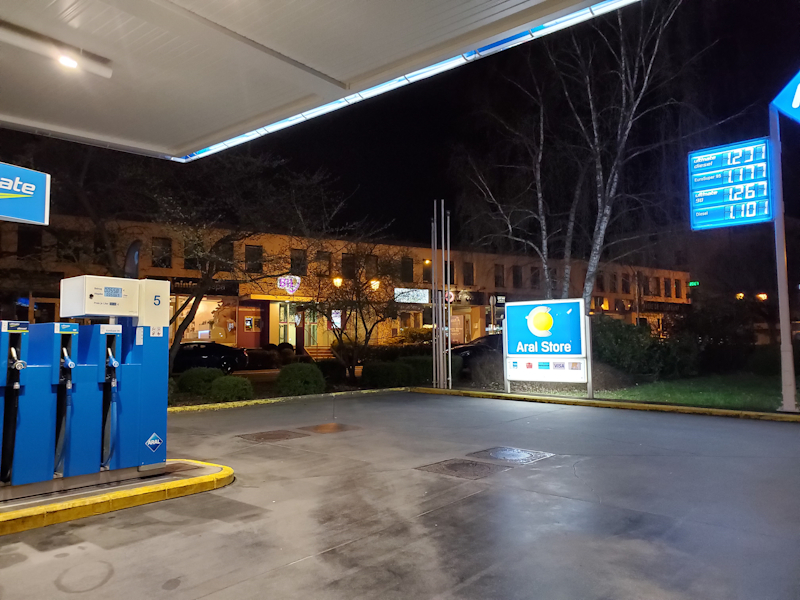
[ Galaxy S10+ Snapdragon ] - [ Galaxy S10+ Exynos ]
[ Galaxy Note9 (E) ] - [ Galaxy S9+ (S) ] - [ Galaxy S8 ]
[ iPhone XS ] - [ iPhone X ] [ LG V40 ] - [ OnePlus 6T ]
[ Pixel 3 ] - [ View20 ] - [ Mate 20Pro ]
In the first shot, we’re seeing again very different results between the Snapdragon and Exynos, but in a twist compared to the daylight shots, this time around it’s an advantage on the side of the Exynos model. Here the latter models is able to bring out a lot more shadows in the scene and is significantly sharper than the Snapdragon variant. The Snapdragon does a bit better on the bright highlights of the signage, however I don’t think this was worth it as it gives up too much in other parts of the shot.
I feel as if the Snapdragon has quite a bit of sharpening going on, which makes very little sense to use in a scenario like this.
The Galaxy S10’s are both beat by the Mate 20 Pro’s large sensor which just has much better native dynamic range, retaining more texture details on the gas station floor and roof.
Using the wide-angle lens in such a scenario doesn’t result in very good picture. The Snapdragon achieves better dynamic range and able to show the signage correctly without overblowing it, however the Exynos beats it in terms of detail. Noise on the latter is a lore more coarse and pronounced which can result in some ugly regions on even surfaces.

[ Galaxy S10+ Snapdragon ] - [ Galaxy S10+ Exynos ]
[ Galaxy Note9 (E) ] - [ Galaxy S9+ (S) ] - [ Galaxy S8 ]
[ iPhone XS ] - [ iPhone X ] - [ LG V40 ] - [ OnePlus 6T ]
[ Pixel 3 ] - [ View20 ] - [ Mate 20Pro ]
Big advantages in sharpness on the bright parts of the picture for the Snapdragon with stronger contrast for this phone. The Exynos doesn’t do well on the bright parts, blurring them, but on the other hand it has better details in the shadows than the Snapdrgon, with overall less pronounced light noise.
In terms of light capture, the Mate 20 Pro is far ahead and Night Sight on the Pixel 3 also sweeps the floor with the competition.
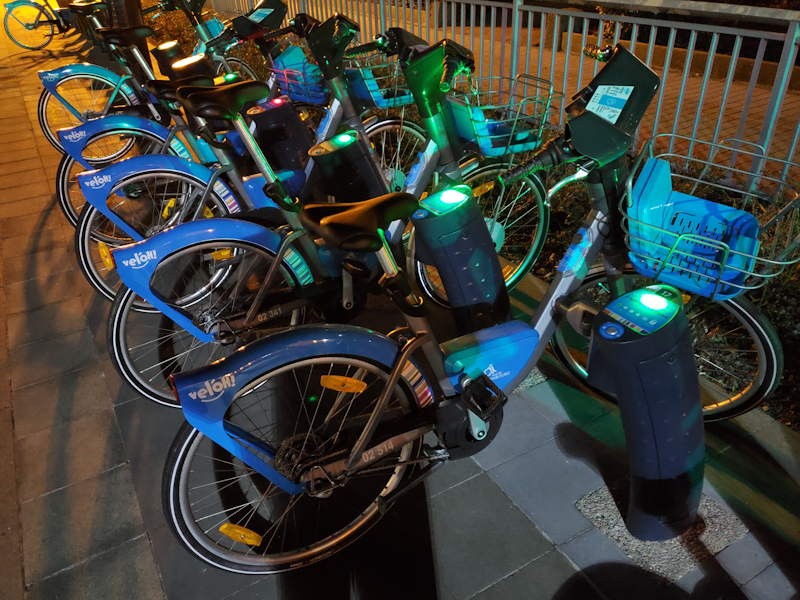
[ Galaxy S10+ Snapdragon ] - [ Galaxy S10+ Exynos ]
[ Galaxy Note9 (E) ] - [ Galaxy S9+ (S) ] - [ Galaxy S8 ]
[ iPhone XS ] - [ iPhone X ] - [ LG V40 ] - [ OnePlus 6T ]
[ Pixel 3 ] - [ View20 ] - [ Mate 20Pro ]
The Snapdragon here is heavier processed with darker shadows and noise reduction, however this makes little sense in a low-light show and the Exynos is more natural with better shadow detail even if it has more natural sensor noise.
Although Samsung at least beats the newest iPhones, it’s no match for Huawei and the Pixel’s Night sight.
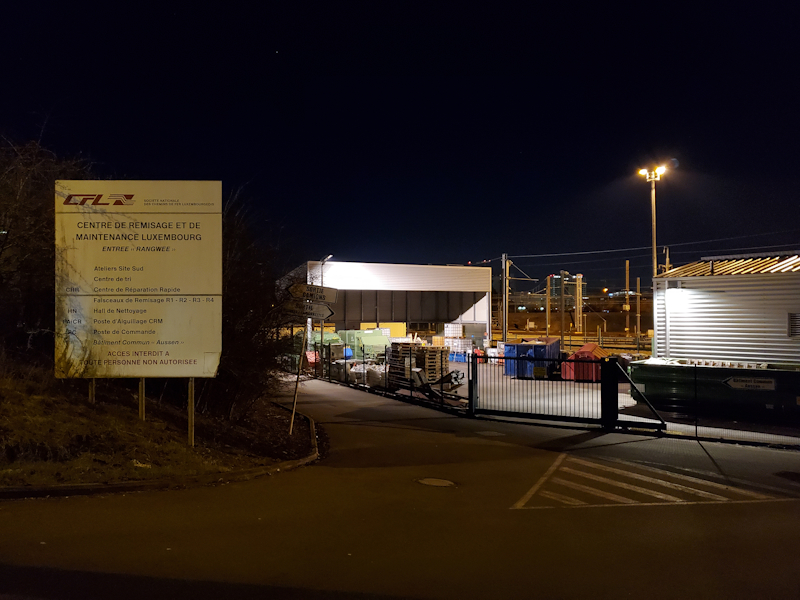
[ Galaxy S10+ Snapdragon ] - [ Galaxy S10+ Exynos ]
[ Galaxy Note9 (E) ] - [ Galaxy S9+ (S) ] - [ Galaxy S8 ]
[ iPhone XS ] - [ iPhone X ] - [ LG V40 ] - [ OnePlus 6T ]
[ Pixel 3 ] - [ View20 ] - [ Mate 20Pro ]
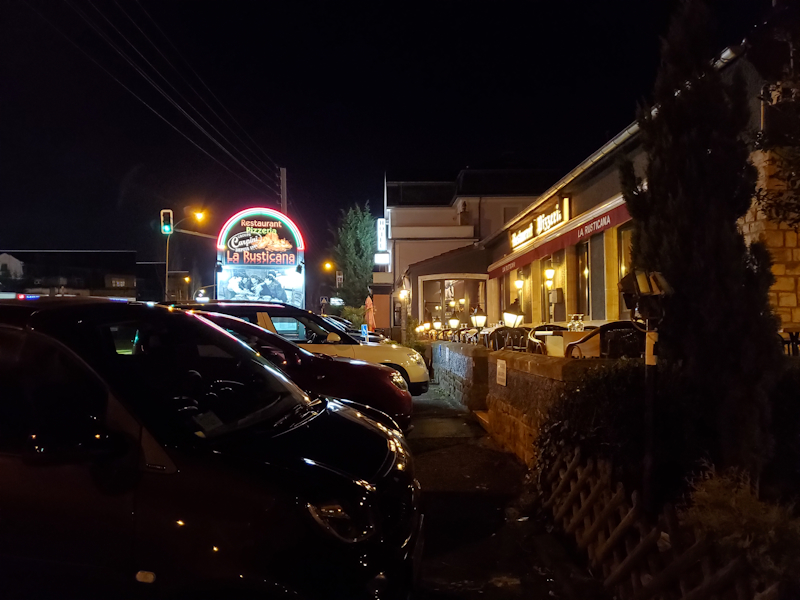
[ Galaxy S10+ Snapdragon ] - [ Galaxy S10+ Exynos ]
[ Galaxy Note9 (E) ] - [ Galaxy S9+ (S) ] - [ Galaxy S8 ]
[ iPhone XS ] - [ iPhone X ] - [ LG V40 ] - [ OnePlus 6T ]
[ Pixel 3 ] - [ View20 ] - [ Mate 20Pro ]
In the last generic low light shot we see the Snapdragon again favour evening out highlights and sacrificing shadows. The Exynos does the opposite with more blown out highlights but with better shadow detail retention in the foreground.
On the wide angle, the Exynos produces a much more useable shot even though the noise is quite terrible.
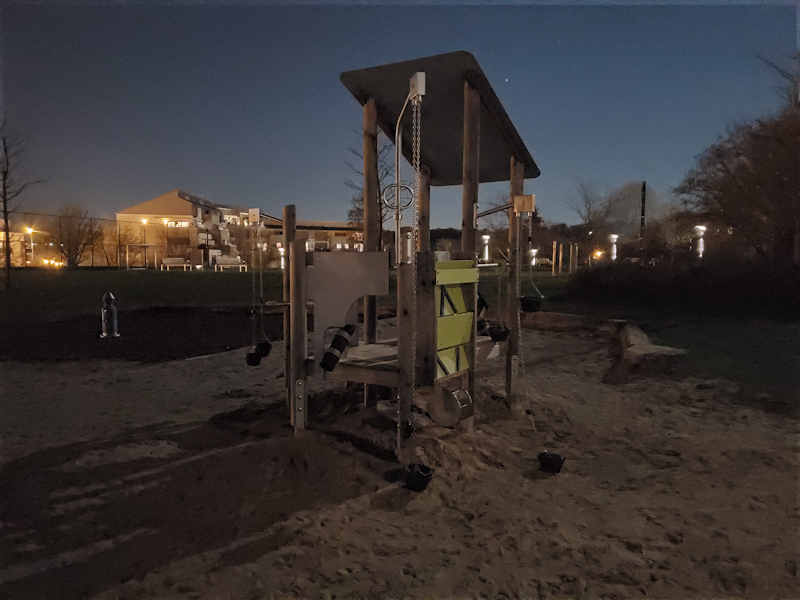
[ Galaxy S10+ Snapdragon ] - [ Galaxy S10+ Exynos ]
[ Galaxy Note9 (E) ] - [ Galaxy S9+ (S) ] - [ Galaxy S8 ]
[ iPhone XS ] - [ iPhone X ] - [ LG V40 ]
[ OnePlus 6T ] - [ Pixel 3 ]
[ View20 ] - [ Mate 20Pro ]
Going into extreme low light scenarios, we’re venturing into shots that usually in the past we didn’t expect phones to be able to capture.
This is the first scene in which Samsung’s new Bright Night mode triggers. The new extreme ultra low light mode functions similarly to Huawei’s Night mode or Google’s Night sight, although the results here aren’t quite the same. The result here heavily favour the Snapdragon chip as it’s able to produce much less noise. It’s not competing with Huawei or Google, however it is able to showcase a result that is much better than some other traditional shooters.

[ Galaxy S10+ Snapdragon ] - [ Galaxy S10+ Exynos ]
[ Galaxy Note9 (E) ] - [ Galaxy S9+ (S) ] - [ Galaxy S8 ]
[ iPhone XS ] - [ iPhone X ] - [ LG V40 ] - [ OnePlus 6T ]
[ Pixel 3 ] - [ View20 ] - [ Mate 20Pro ]
A second example of the new Bright Night mode, we again see that it does help the S10 over its auto mode and it lands the phone in third place after Huawei’s flagship and Google’s Night Sight.
Low-light Conclusion
Overall, the low-light capture ability of the Galaxy S10 isn’t very exciting. Fundamentally Samsung needed to innovate more in this regard and I would have wanted to see some more innovation to the likes of Huawei and Google.
Low-light is again a scenario where the Snapdragon and Exynos variants of the S10 differ quite a bit. The latter tends to produce more natural noise in most shots and retains more shadow detail, while the Snapdragon does better in brighter parts. Overall, I’d say it’s a toss-up between the two and it’ll depend on the given scene.










229 Comments
View All Comments
Tropicocity - Sunday, March 31, 2019 - link
Very true. I went from the S4 to the S7 edge, now my S10+ is on the way. Meaningful upgrades!catavalon21 - Thursday, August 22, 2019 - link
You've certainly never been an average Apple fan, then.../* sarcasm off
Monty1401 - Friday, March 29, 2019 - link
I would argue the battery life alone is worth the upgrade (exynos s9+ here)jordanclock - Friday, March 29, 2019 - link
All of the deep dive information is great, but the graphs having different scales makes them very difficult to compare. Can you normalize the Y-axis on the graphs so that switching between them can be immediately compared?jaju123 - Friday, March 29, 2019 - link
Andrei, got any opinions for us peasants of inferior knowledge and skill living in the EU whether to go for the S10+ or P30 pro based on your experience thus far? Seems like the P30 pro may be having performance issues to me, or so I've seen on some youtube videos, particularly with throttling. Many thanks.Andrei Frumusanu - Friday, March 29, 2019 - link
Don't worry I'm also an EU peasant.I only got the P30's a few days ago at release and haven't really used it much as I was busy finishing this up. Performance at first glance looks the same as other Kirin 980 devices which found to be good although missing some OS booster in Snapdragon chips or the new S10.
That review should follow up in the next week or two.
jaju123 - Friday, March 29, 2019 - link
Great thanks, looking forward to the review.I currently have a mate 20 pro, but have itchy trigger fingers and usually buy 2nd hand to save some cash and upgrade quite a bit a few months after these things release. Finding that the main issue with the camera on this device is the white balance being incorrect quite often, but the addition of OIS on the main lens of the P30 pro looks like it could make quite a difference. I am also wondering if the 40mp sensor is in reality all that different from the mate 30 pro/p20 pro?
Ironically, I think that if Oneplus released a true flagship Oneplus 7+ with waterproofing, 4200mah battery and epic camera quality at the 1000$ pricepoint I think that would blow away the rest of the competition.
Andrei Frumusanu - Friday, March 29, 2019 - link
> I am also wondering if the 40mp sensor is in reality all that different from the mate 30 pro/p20 pro?It should be fundamentally different due to the RYYB structure.
eastcoast_pete - Friday, March 29, 2019 - link
Andrei, thanks for this review. Question: How is the call quality, especially if used as speakerphone? The loudspeaker analysis looks promising, but calls also depend on microphones, noise suppression etc. Thanks!Andrei Frumusanu - Friday, March 29, 2019 - link
Call quality on this side is great, the speakers are fantastic, although I admit I didn't really test microphone quality on the other side.